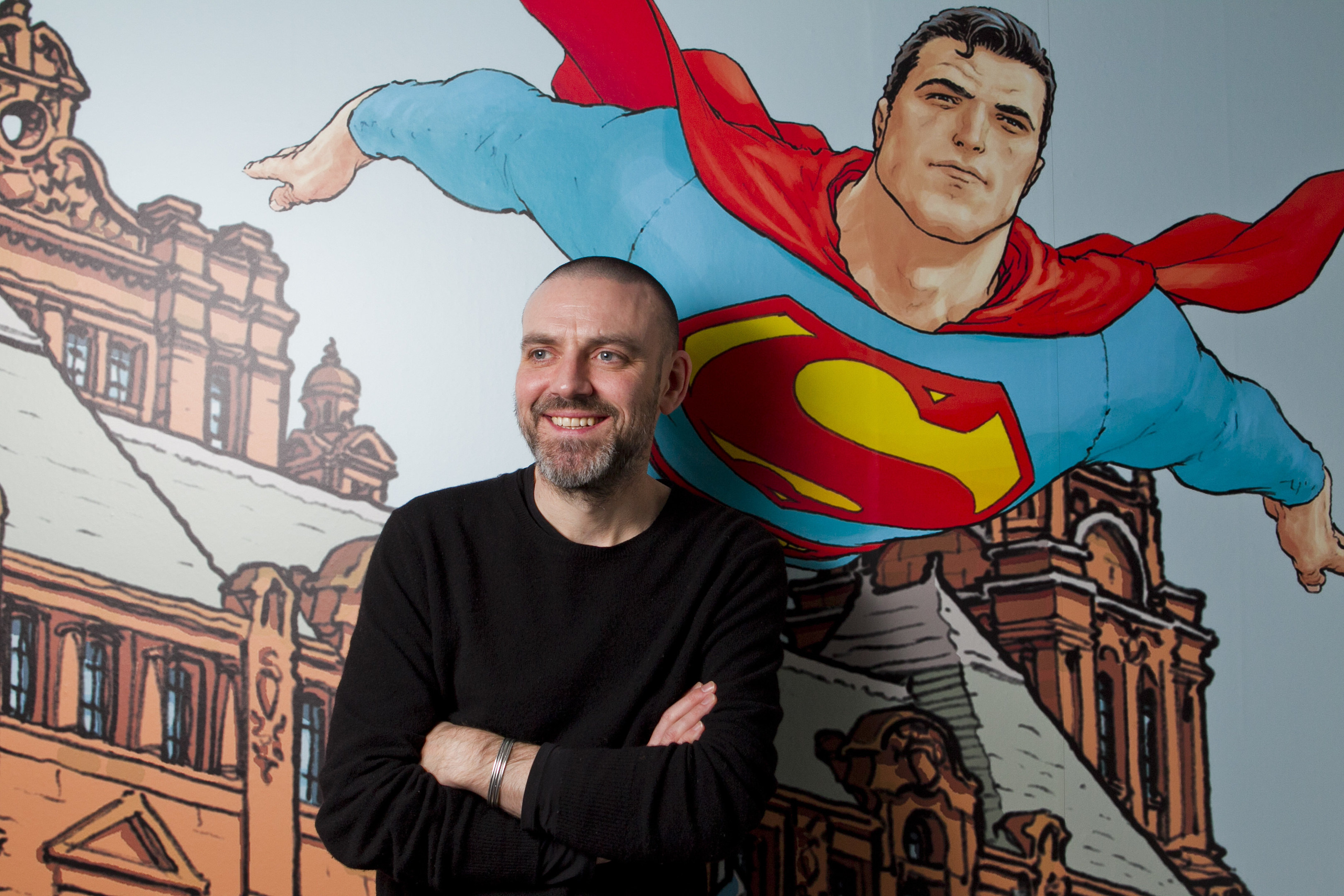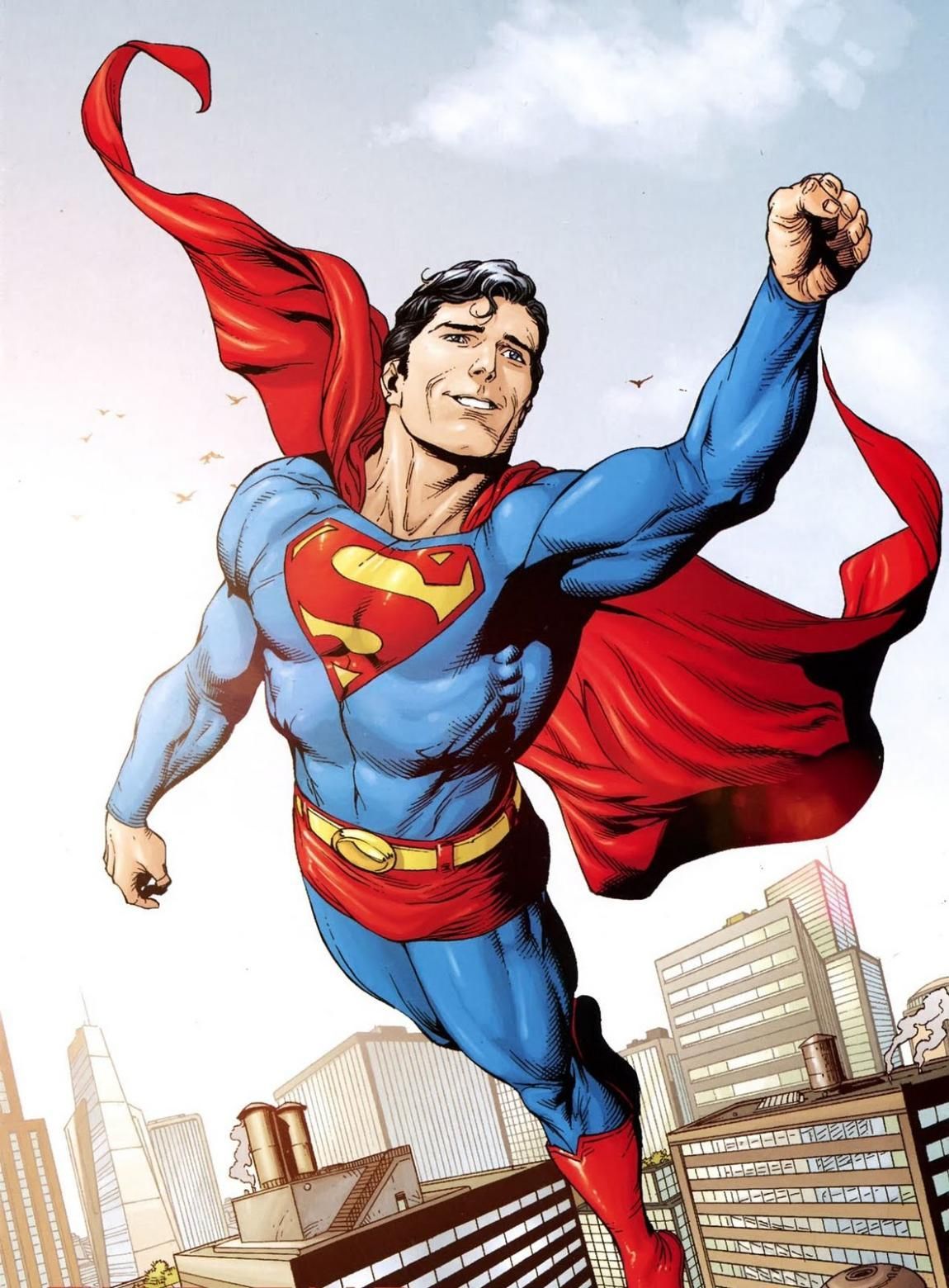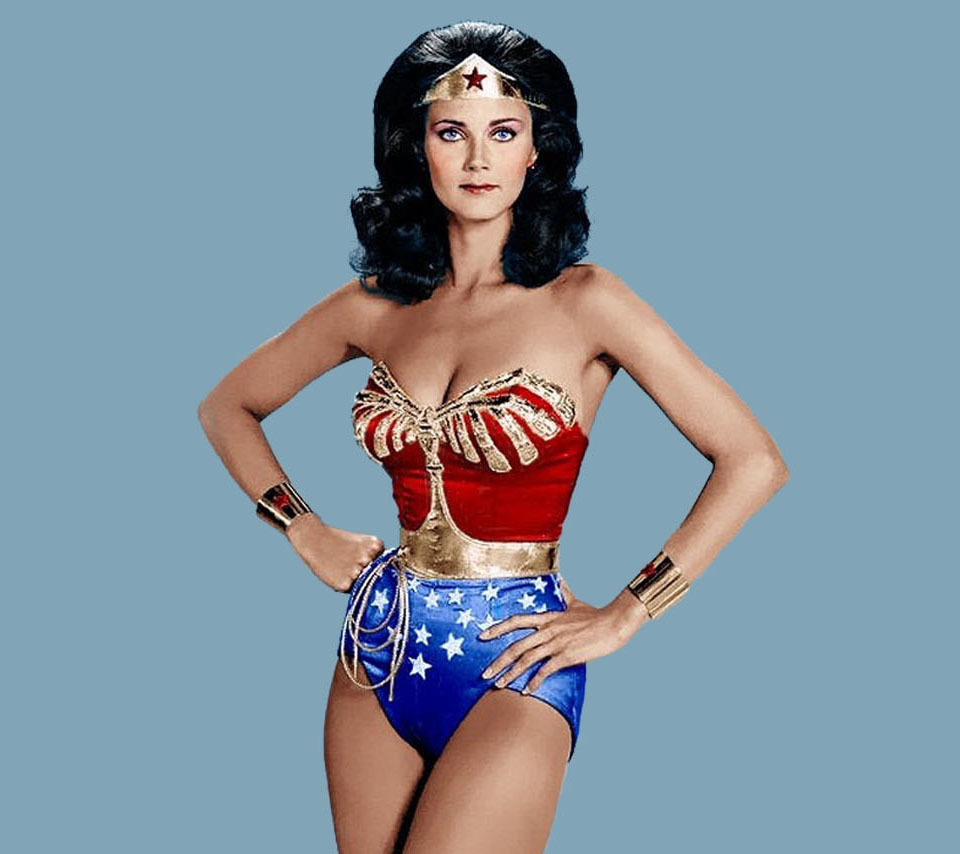
NEW film BlacKkKlansman hit cinemas this weekend telling the true story of how a black policeman infiltrated the Ku Klux Klan.
But it wasn’t the first time the white supremacist group had been dealt a devastating blow by an unlikely hero.
In the 1940s they were almost destroyed – by comic book hero Superman.
A popular serial called Klan of the Fiery Cross, in which the fictional Man of Steel took on the hate group, inspired millions of Americans to turn against the real version.

Comic heroes have a long history of tackling real world problems, though, according to renowned Scottish artist Frank Quitely.
During the 30 years he’s been involved in the industry, he has drawn award-winning comics featuring The X-Men, Batman and Superman.
Quitely, real name Vincent Deighan, says comics are at the forefront of addressing issues like racism and sexism.
“Comics have always been able to respond to the times quicker than literature or television or films,” he said.
“The turnaround for the production of comics, from someone writing a script about an issue they’ve been thinking about to it landing in the shop, is very short.
“It’s easy to look back on these small changes and play them down but in television and literature it’s small steps by people addressing things they’d like changed.
“There is a freedom in comics, though, because you’re not part of a big TV network or you’re not writing a gigantic movie. There is a little bit more scope for taking chances or making comments about things.”
Yesterday, Frank spoke about his work at What’s The Sketch, an Edinburgh International Book Festival event which looked at his career and the future of comics.
An exhibition of Frank’s work was held at Kelvingrove Art Gallery in Glasgow last year to celebrate his 30 years in the industry. “Comics, when I started out, were just in a period where they were growing up,” he said. “The stories were dealing with current affairs.
“When I started, it was mostly men that worked in the industry, that went to the comic book conventions and the superheroes were men.
“Now we have more diversity in the industry, both in gender and ethnicity. We have more women at conventions and more women writing and drawing comics.”
Heroes packing a political punch
X-Men
The mainstream comic is a multi-million-pound movie franchise but since the 60s has tackled bullying, homophobia, bigotry and civil rights.
Wonder Woman
Created in 1941 by a psychologist to subvert the idea of masculinity, the writer of Wonder Woman said the purpose was to influence children into thinking women can be as powerful as men.
Green Arrow
Now the star of moody TV show Arrow, in the 1960s the superhero went from battling bank robbers to tackling heroin addiction, racial inequality, and social injustice of every kind.
Black Panther
Created in the 1960s, Black Panther featured a black character who battled the Ku Klux Klan, and was the head of a fictional African nation which was the most powerful in the world.
Batwoman
Kathy Kane plays Batman’s female counterpart and in 2006 it was revealed the character was a lesbian. In June, actor Ruby Rose was cast as the character in a forthcoming television series.
Ms Marvel
Next year Brie Larson will star in Captain Marvel. The current character donning the cape is Kamala Khan, a 16-year-old Pakistani-American, and the first Muslim to headline her own comic.

Enjoy the convenience of having The Sunday Post delivered as a digital ePaper straight to your smartphone, tablet or computer.
Subscribe for only £5.49 a month and enjoy all the benefits of the printed paper as a digital replica.
Subscribe